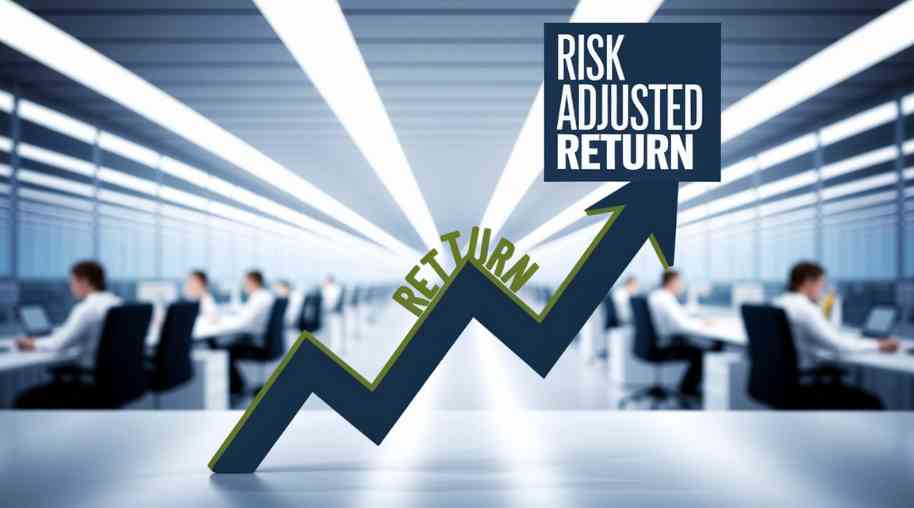RAROC Full Form-Risk-Adjusted Return On Capital
by Shashi Gaherwar
0 1882
Risk-Adjusted Return on Capital (RAROC): A Key Metric for Financial Decision-Making
Risk-Adjusted Return on Capital (RAROC) measures profitability by factoring in risk, guiding capital allocation and ensuring financial stability.

This article explores the concept, calculation, advantages, limitations, and applications of RAROC.
What is Risk-Adjusted Return on Capital (RAROC)?
RAROC evaluates returns adjusted for risk, aiding banks and investment firms in efficient capital allocation and regulatory compliance.
Formula for RAROC
RAROC formula:
- RAROC = (Risk-Adjusted Net Income) / (Economic Capital)
- Risk-Adjusted Net Income: Revenues – Costs – Expected Losses.
- Economic Capital: Capital for potential losses.
Importance of RAROC in Financial Decision-Making
RAROC benefits:
- Risk Management: Evaluates profitability with risk.
- Capital Allocation: Prioritizes high-return investments.
- Compliance: Aligns with Basel Accords.
- Performance: Measures business units consistently.
- Balance: Weighs profit against risk.
Steps to Calculate RAROC
RAROC calculation:
- Revenues: Calculate income from investments.
- Costs: Deduct operating expenses.
- Losses: Estimate credit or market risks.
- Capital: Determine economic capital needs.
- Apply Formula: Compute RAROC ratio.
Advantages of Using RAROC
RAROC strengths:
- Decision-Making: Balances risk and return.
- Shareholder Value: Maximizes returns.
- Pricing: Sets loan and investment rates.
- Regulations: Aligns with risk guidelines.
Limitations of RAROC
RAROC challenges:
- Accuracy: Relies on risk models.
- Complexity: Requires sophisticated techniques.
- Volatility: Sensitive to market conditions.
Applications of RAROC in Finance
RAROC uses:
- Banking: Assesses loan portfolios.
- Investments: Balances returns and risks.
- Corporate: Evaluates project returns.
- Insurance: Manages underwriting risks.
Risk-Adjusted Return on Capital (RAROC) enhances financial decisions by balancing profitability and risk, ensuring sustainable growth.
Further Learning Resources
If you’re passionate about building a successful blogging website, check out this helpful guide at Coding Tag – How to Start a Successful Blog. It offers practical steps and expert tips to kickstart your blogging journey!
For dedicated UPSC exam preparation, we highly recommend visiting www.iasmania.com. It offers well-structured resources, current affairs, and subject-wise notes tailored specifically for aspirants. Start your journey today!

Share:








Comments
Waiting for your comments